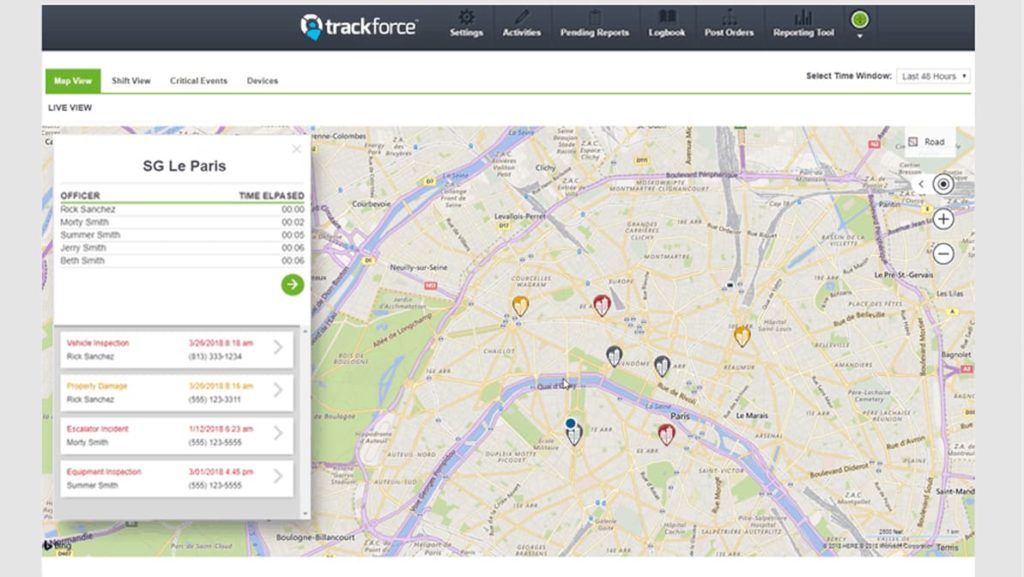 It doesn’t matter if your organization is local, regional or even global, at some point real-time security information and data will be indispensable to the operational continuity of any organization.
It doesn’t matter if your organization is local, regional or even global, at some point real-time security information and data will be indispensable to the operational continuity of any organization.
Multinational organizations create a Global Security Operations Center (GSOC) while national organizations just call it a Security Operations Center (SOC). For both, the objectives are the same; ensure assets and people are secure and safe at all times.
For simplicity, we’ll use the term SOC since not all companies have a global footprint. The concept of a Security Operations Center is not new by any means, but its value became more recognized recently among organizations managing security operations at multiple sites (i.e., national/multinational corporate security teams, security companies).
A traditional SOC is a costly endeavor and requires careful planning to maximize the return on investment. For example, just building a conventional SOC for a global company with let’s say 10+ locations (a GSOC in this case) can range between $200K-$500K, and that doesn’t include the cost of staffing and the recurring expenses it takes to run it.
Let’s start with the purpose of a SOC and to keep this brief; we’ll focus on the physical security aspects only and exclude cybersecurity, and break it down into three areas of focus:
Always Be Aware
A SOC is a centralized location where all the security resources are known and can be deployed quickly. From alerts of unwanted intruders to damaged fire extinguishers and failure of completing post orders, the timely awareness of the situation and dispatch of resources are vital to keeping personnel and assets protected. Ultimately this is what ensures the operational continuity of an organization.
Ready at All Times
Taking the plunge and committing to a SOC is a clear signal that an organization is dedicated to 24/7 readiness. When done correctly, the real-time data coupled with business, artificial intelligence tools, and proper operator training all come together in a powerful and centralized location, ensuring the highest level of readiness. In short, preventing the worst-case scenario with preparedness is the objective of any SOC.
Stay Proactive
The DNA of the SOC is to be the organization’s alert system. Its purpose is to provide a proactive information flow of the security situation ensuring a knowledgeable operation of trust. Apart from responding to incidents, the SOC can also offer critical communication to keep staff safe in situations such as riots and terror attacks or less critical cases like traffic jams and severe weather.
The Benefits of a Security Operations Center
The SOC is not only a valuable tool to corporate security teams but also firms that offer security services to third parties. The operational and cost savings benefits of a well-executed security operations center are vast from centralized reporting, verified guard patrols to lone worker monitoring and mass notifications in emergency situations. However, the road to an effective security command center can be lined with many pitfalls and a high price tag.
Here at Trackforce, we have been building technology to improve security officer operations for almost two decades and our solutions have been deployed at over 20,000 organizations worldwide. Trackforce customers have access to a built-in security operations center without the hassle and the investment. Contact us to learn more or request a demo.



